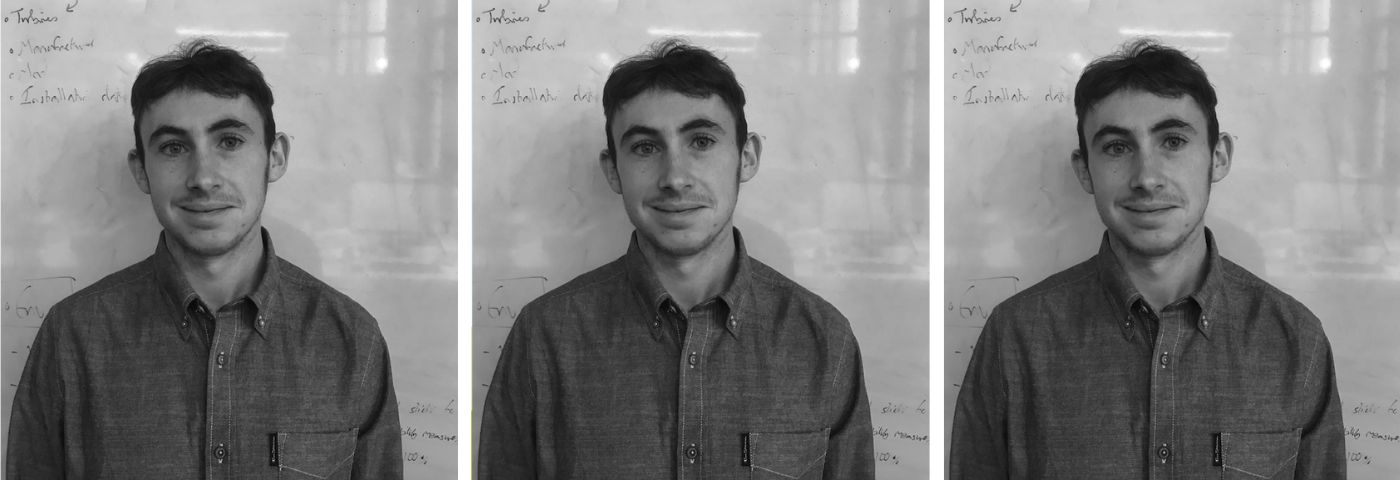Investment into the UK energy network will unlock a low carbon future, but we can’t continue to use static plans built in isolation.
- A gap exists between the strategic national scenario modelling (e.g. FES) and the regional modelling required to inform and drive local energy system infrastructure development.
- Energy system models need to enable collaboration between key infrastructure providers to support intelligent, joined up planning and development activity at a regional level.
- Models need to include more accurate future demand data by integrating economic models.
- AI can help build more accurate future demand profiles at a regional level.
- Models need to be kept dynamic and live to provide the best information through digital interfaces, not static reports.
- Collaboration across the energy vectors is key – local clusters can help facilitate this.
The development of the UK’s energy network is often cited as the key to unlocking long term sustainable growth, facilitating the plentiful supply of low cost, low emission energy. Specifically, investment into the UK electricity grid will enable proliferation of decentralised renewable energy, thereby increasing energy security, eliminating CO2 emissions, and reducing overall cost of energy. Whilst investment into the energy network is essential for long-term, low-carbon, low-cost energy, there are shorter term challenges associated with wider energy system investment and planning that need to be resolved as a priority. Here we explore how a collaborative and dynamic approach to energy system modelling, at a regional level, can accelerate the transition to a resilient, low carbon energy network.
The broad and varied landscape of infrastructure developers, network operators, energy regulators, energy consumers, technology innovators, central and local government leads to an inherent complexity in the system that can be ignored when any one of these entities considers planning for the future. For example, distribution network operators (DNOs) conduct strategic planning through DFES which is a powerful model base that presents an opportunity to integrate modelling with other energy vector initiatives (e.g. gas or hydrogen) and CO2 sequestration projects at a regional level. Similarly, it is challenging to incorporate feedback from regional economic growth plans (if they exist) to the organisations responsible for delivery the energy to facilitate this growth. The National Grid Future Energy Scenarios (FES) work is an excellent resource to understand what different energy systems, and the associated impact, could look like under different conditions, but it does not act as a tool to support planning and investment decisions for key technology and infrastructure providers at a regional level. Moreover, the rate of development of alternative low carbon energy (e.g. green hydrogen) and CO2 sequestration technology adds additional complexity and uncertainty on network planning, despite best intentions. A gap exists between the strategic national scenario modelling (e.g. FES) and the regional modelling required to inform and drive local infrastructure development.
This complexity and uncertainty forces operators and developers to plan in isolation (Figure 1) which further compounds the challenge of transitioning to a more connected, smarter, low carbon energy system. The establishment of the Future Systems Operator – NESO will help to address this challenge, as will the development of a Strategic Spatial Energy Plan (ref ), but further work is required to support the foundational organisations (DNOs, developers etc) to make proactive investment decisions to create the resilient low carbon energy system. Key to this is the development of regional clusters that can facilitate close collaboration across organisations. Ada Mode is working with the Solent Cluster to develop the region’s Local Industrial Decarbonisation Plan thorough the creation of a comprehensive dynamic energy system model.

The creation of a dynamic model that can capture the complexity of a regional energy system is essential for underpinning effective planning activity (Figure 2). The model needs to accurately represent the current system, establishing a feedback loop between supply and demand across the different energy vectors. The model needs to have the ability introduce new technology, controlled by a cost function, to determine a range of plausible scenarios, each with a set of outputs that represent key metrics for decision making (e.g. CO2, cost, risk profiles). It is essential the model captures a measure of future economic growth and the associated energy demand. Whilst regional economic growth data can be challenging to find and inconsistent in format, previous growth and demand data can be used to create a forecast based on business as usual.
Ada Mode additionally leverage expertise in industrial modelling via the use of predictive models. Typically, demand predictions are often simplistic – driven by rudimentary data analysis and simple trend-lines. By integrating novel machine learning approaches in load forecasting, Ada Mode can build a better predictive model, that takes into account more dynamic variables, this not only allows a better predictive model, it allows for analysis of different scenarios in a more dynamic way.
As an example, historic patterns may show an increased demand in the case of severe winters. The AI modelling will allow for analysis of how demand may affect both integrated solar PV during this time, as well as the increased heating demand. This allows us to perform far more accurate “Potential Futures” analysis.
Integrating this alongside tried and tested linear optimisation methods can help reach a better predictive model, as potential futures are analysed - key actions using linear optimisation are performed. This allows for analysis using different scenarios, e.g. what is possible via maximum capital investment vs a more balanced cost-efficient option?
The model needs to be kept dynamic and live to facilitate the analysis of new scenarios that are presented to the region. Similarly, the model should link directly to an intuitive user interface that can change dynamically to communicate plans. Reporting plans through static reports means they become quickly outdated.

The model developed for the Solent region aims to support decision making for all the organisations that can influence the overall energy system. It will help developers of new hydrogen or power plants understand the demand whilst also providing network operators with a view of capacity over time, based on regional economic growth. It will help large, hard to abate sites consider the use of carbon capture and will present a view of how the power grid will grow and change over time. It will also help individual industrial sites plan for the future based on the expansion and availability of low carbon energy within the region.
Ada Mode hope that this joined up, dynamic modelling approach, applied to clusters or regions, can be used by stakeholders in other regions to accelerate the path to net zero through smarter planning and investment. For more information please get in touch.



